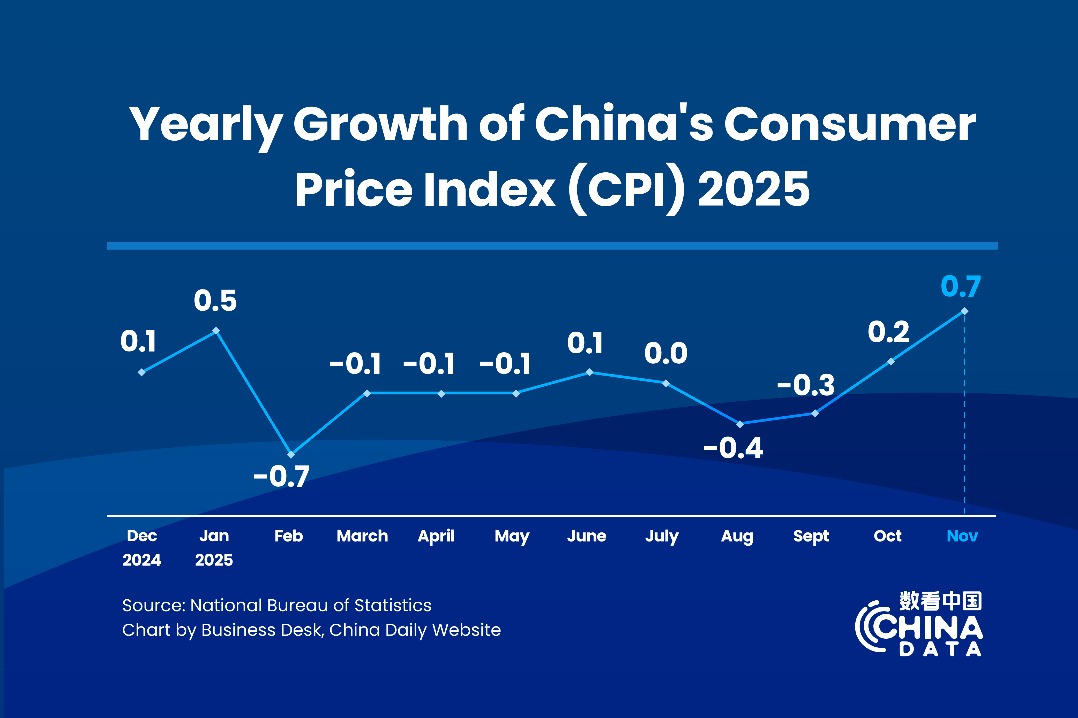Cut in offshore wind subsidies beneficial in the long run


Offshore wind power is among the new energy forms, having the highest generation cost and thus enjoying a large amount of government subsidies, but the sector has now made it to the forefront in facing a new round of subsidy cuts.
The impending policy to phase out subsidies on offshore wind power has spurred worries about the industry going forward, but experts said it should not dim the burgeoning sector's outlook.
In January, the authorities made clear in a statement that new offshore wind power projects will no longer enjoy subsidies from the central government starting from 2022.
The move came amid China's steps to scale back new energy subsidies for outfits facing a backlog in payments of over 100 billion yuan ($14.4 billion) in subsidies for projects in the sector.
The statement was released jointly by the Ministry of Finance, the National Development and Reform Commission, and the National Energy Administration.
The release noted though that offshore wind power projects approved and registered by the National Energy Administration which are completed and attached to the State grid before 2022 will continue to enjoy subsidies from the central government.
It also encouraged regional governments to offer subsidies on their own to support local offshore wind power projects.
Offshore wind can generate electricity by harvesting the energy through wind farms constructed in the ocean, usually in shallow coastal waters where winds are strong and steadier compared with that on land.
The new energy form has seen rapid development in the past few years as China is increasing its bet on the new energy sector.
By the end of September, China's accumulative installed capacity of offshore wind power that has been linked to the State grid hit 5.04 million kilowatts, over a year ahead of the 5 million kilowatts capacity goal outlined by the National Energy Administration, data from the China Renewable Energy Engineering Institute showed.
Qin Haiyan, secretary general of the Chinese Wind Energy Association, said developing offshore wind power helps diversify energy sources, cut the heavy reliance on fossil fuels to curb carbon emissions, as well as to hedge risks from international trade.
Qin said China's energy supply, especially for crude oil, still relies heavily on imports.
The newly-released policy to end central government subsidies has spurred worries that it might cause a speed bump for the rapidly growing offshore wind power sector.
"Offshore wind power has been produced at a very high cost, almost one of the most expensive kinds among various forms of new energy, due to the high cost in construction and maintenance," said Lin Boqiang, head of the China Institute for Studies in Energy Policy at Xiamen University.
By the end of 2019, China's generation cost of offshore wind power in coastal waters is about 14,000-19,000 yuan per kilowatt.
"It is hopeful that the offshore wind power generation cost can be reduced by over 40 percent in the next five years," said Qin, adding that the industry needs government subsidies until 2025.
"It's ideal for the industry that the government can scale back subsidies step by step to guarantee the future development of such a burgeoning industry," Qin added.
Ye Chun, deputy director of China Electricity Council, said given the subsidy cut in 2022, many offshore wind power project investors and operators might accelerate and complete construction of their projects so they can be linked to the State grid before 2022.
A report from Jiaoma Energy, a company focused on information sharing and consulting in the energy industry, said a majority of offshore wind power projects registered at the National Energy Administration have not been linked to the State grid yet.
To date, the total offshore wind power projects registered at the National Energy Administration have seen capacity surpass 47 gigawatts.
The report said that the key issue that determines whether offshore wind power projects can successfully finish construction and attachment to the State grid depends on the supplies of generators and other units.



































